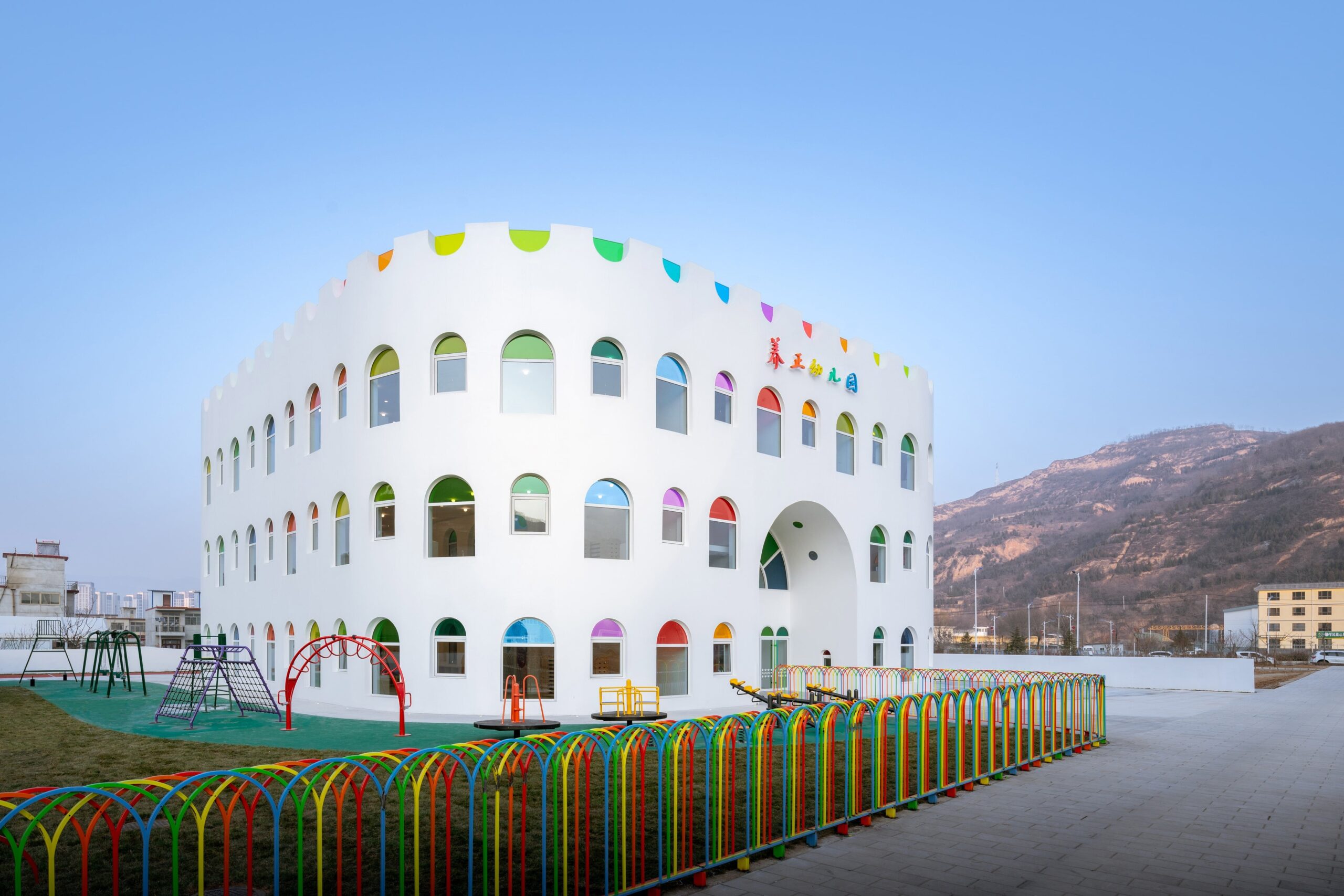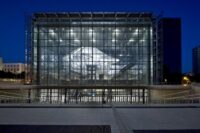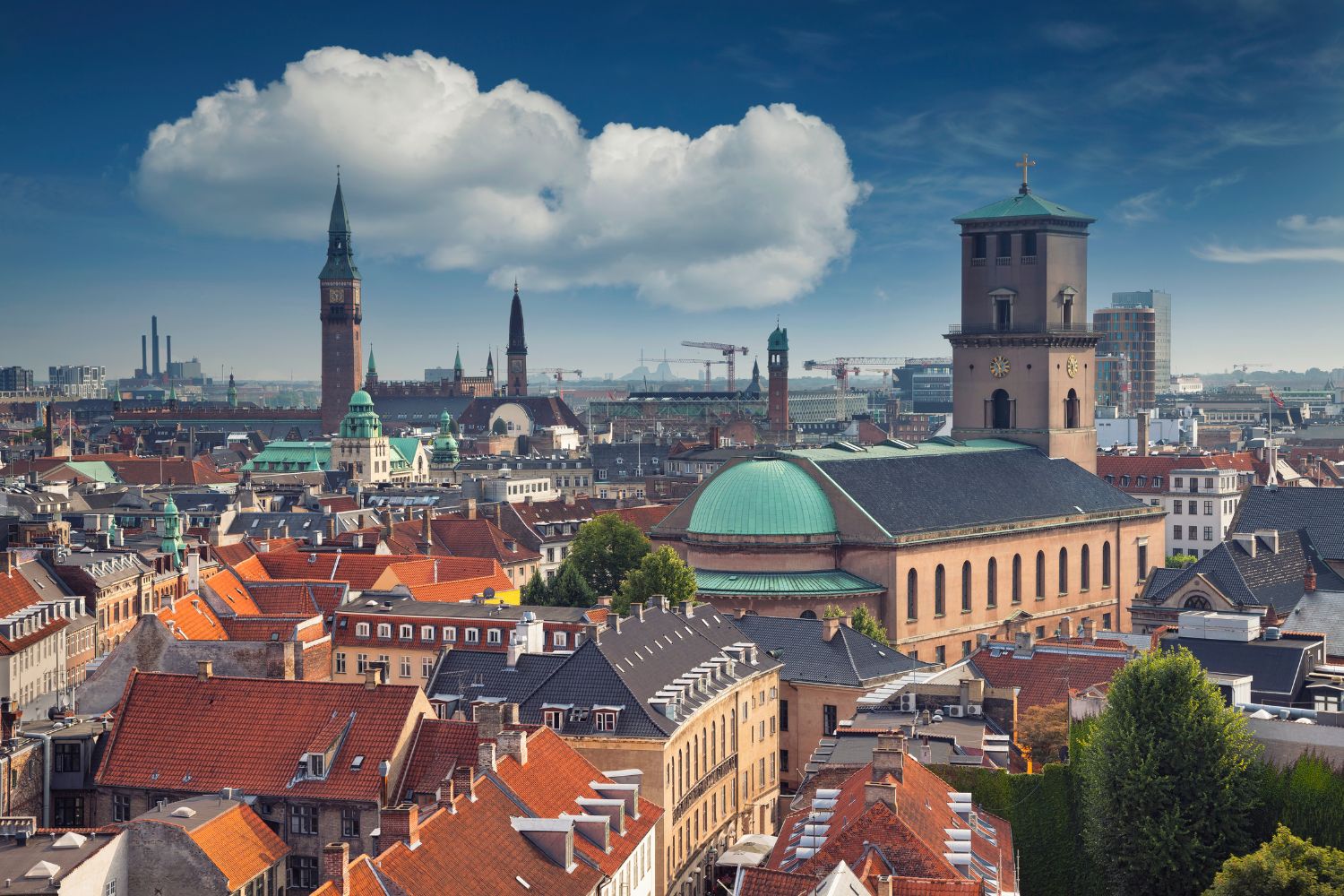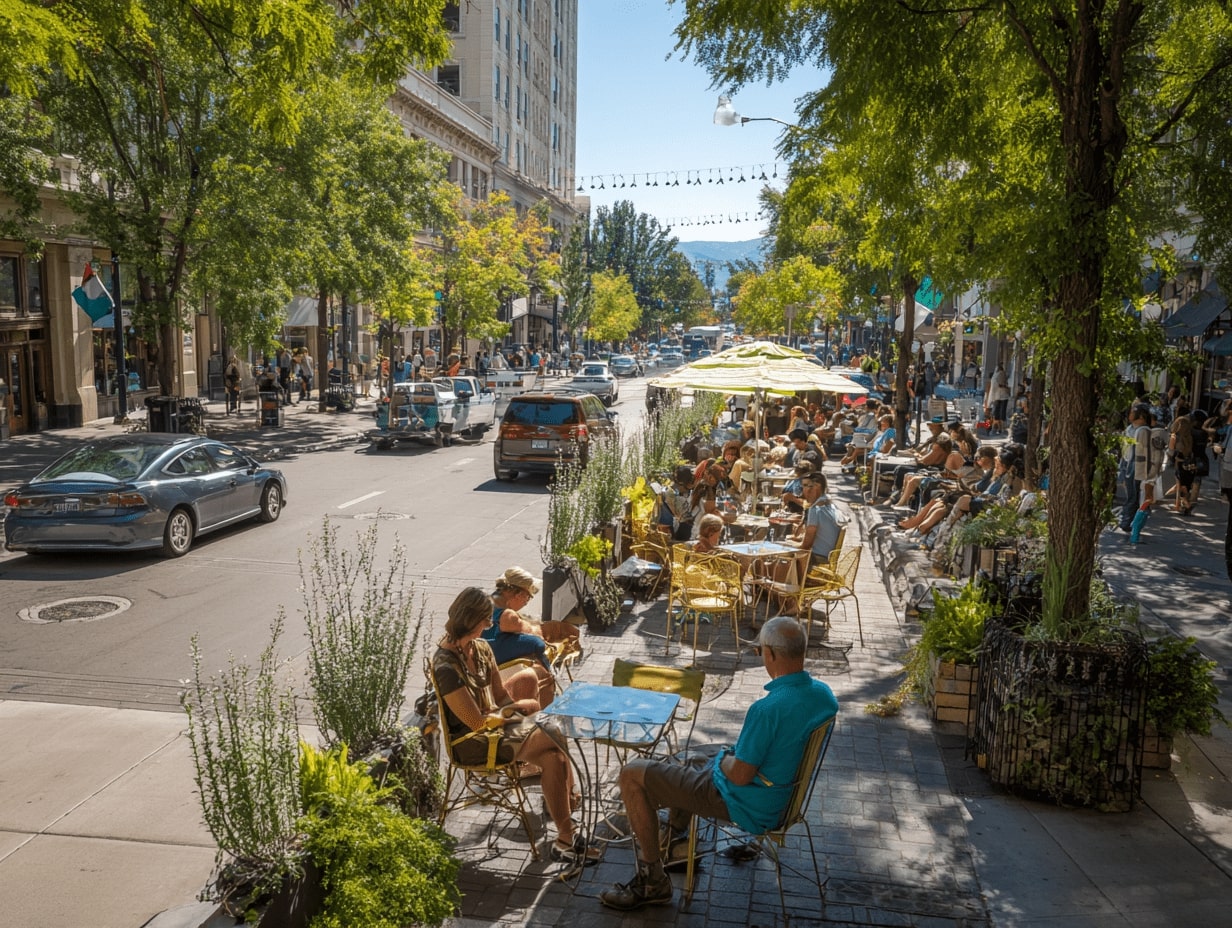- Home
- Articles
- Architectural Portfolio
- Architectral Presentation
- Inspirational Stories
- Architecture News
- Visualization
- BIM Industry
- Facade Design
- Parametric Design
- Career
- Landscape Architecture
- Construction
- Artificial Intelligence
- Sketching
- Design Softwares
- Diagrams
- Writing
- Architectural Tips
- Sustainability
- Courses
- Concept
- Technology
- History & Heritage
- Future of Architecture
- Guides & How-To
- Art & Culture
- Projects
- Interior Design
- Competitions
- Jobs
- Store
- Tools
- More
- Home
- Articles
- Architectural Portfolio
- Architectral Presentation
- Inspirational Stories
- Architecture News
- Visualization
- BIM Industry
- Facade Design
- Parametric Design
- Career
- Landscape Architecture
- Construction
- Artificial Intelligence
- Sketching
- Design Softwares
- Diagrams
- Writing
- Architectural Tips
- Sustainability
- Courses
- Concept
- Technology
- History & Heritage
- Future of Architecture
- Guides & How-To
- Art & Culture
- Projects
- Interior Design
- Competitions
- Jobs
- Store
- Tools
- More
Achieving the Balance of Green and Blue in Urban Design for Sustainable Cities
Discover the importance of balancing green and blue spaces in urban design. This article explores how parks, gardens, and water bodies enhance biodiversity, improve air quality, and promote mental health. Learn effective strategies for urban planners to integrate these natural elements, fostering vibrant, sustainable communities.

As urban areas continue to expand, the need for a harmonious balance between green and blue spaces becomes increasingly vital. We’re witnessing a shift in urban design that prioritizes not just concrete and steel but also the natural elements that enhance our cities. Green spaces like parks and gardens provide essential breathing room, while blue spaces like rivers and lakes offer tranquility and ecological benefits.
By integrating these elements thoughtfully, we can create vibrant, sustainable communities that improve our quality of life. This balance fosters biodiversity, supports mental well-being, and encourages social interaction. In this article, we’ll explore how urban planners and designers can effectively blend green and blue spaces to create thriving environments for everyone.

Table of Contents
ToggleImportance Of The Balance Of Green And Blue In Urban Design
Integrating green and blue spaces in urban design significantly influences environmental quality and residents’ well-being. This balance offers several crucial benefits:

-
Enhances Biodiversity
Green areas like parks and blue spaces such as lakes support diverse ecosystems. Combining these environments fosters habitats for various species, promoting ecological health.
-
Improves Air Quality
Vegetation absorbs pollutants while blue spaces contribute to cooler temperatures. Together, they create healthier urban atmospheres, reducing the urban heat island effect.
-
Supports Mental Health
Access to green and blue spaces lowers stress levels and enhances mood. Studies show time spent in nature leads to psychological benefits, aiding in improved mental well-being.
-
Encourages Social Interaction
Balanced green and blue spaces serve as communal areas, promoting social connections. These zones offer venues for events, fostering community engagement and interaction.
-
Promotes Active Lifestyles
Green and blue spaces encourage walking, biking, and outdoor activities. Urban design that incorporates these elements supports healthier lifestyles among residents.
-
Increases Property Values
Proximity to parks and waterfronts enhances property values. Residents often prefer neighborhoods with accessible green and blue spaces, leading to improved real estate prospects.
-
Contributes to Climate Resilience
Effective integration of these elements aids in managing stormwater runoff. Urban landscapes featuring greenery and water bodies can mitigate flooding and adapt to climate change challenges.
Through intentional design choices, urban planners can create cities that leverage the balance of green and blue. This approach cultivates vibrant communities, enhances sustainability, and improves urban living experiences.
Key Elements Of Urban Design
Integrating green and blue spaces plays a vital role in urban design. These elements enhance ecological balance, improve aesthetics, and elevate residents’ quality of life.

Green Spaces
Green spaces encompass parks, gardens, and natural landscapes. These areas enhance biodiversity by providing habitats for various flora and fauna. Improved air quality results from vegetation filtering pollutants and producing oxygen. Additionally, green spaces foster mental well-being; studies indicate time spent in nature reduces stress and promotes relaxation. Social interaction thrives in these environments, as community events and recreational activities gather residents. Properties located near well-designed green spaces often see increased market values, making them attractive for developers and homeowners alike.
Blue Infrastructure
Blue infrastructure includes rivers, lakes, ponds, and artificial water bodies. This component of urban design supports stormwater management by capturing rainwater runoff, reducing flooding risks. Water features enhance urban aesthetics and provide habitats for aquatic species, promoting biodiversity. Access to blue spaces offers recreational opportunities such as kayaking, fishing, and walking along shorelines, improving public health through increased physical activity. A balanced incorporation of blue infrastructure contributes to climate resilience, as these features enable better adaptation to climate changes.
Benefits Of A Balanced Approach
Integrating green and blue spaces in urban design yields significant advantages for both the environment and the community. Emphasizing this balance can enhance urban life quality.

Environmental Impact
Balanced green and blue spaces promote enhanced biodiversity. Diverse ecosystems support various plant and animal species, fostering a healthier urban environment. This integration also improves air quality. Vegetation absorbs pollutants and lowers urban heat, creating cooler microclimates.
Effective management of stormwater runoff constitutes another benefit. Green spaces, such as permeable parks and gardens, aid in natural water filtration while reducing flooding. Blue infrastructure, including lakes and rivers, complements this by providing natural drainage and lowering flood risks.
Social Well-Being
A balanced approach encourages social interaction and community engagement. Parks and waterfronts serve as gathering spaces, facilitating connection among residents. Studies indicate that access to nature decreases stress and boosts mental well-being.
Active lifestyles thrive in environments featuring both greenery and water. Opportunities for walking, biking, and recreational activities contribute to overall health. Additionally, attractive urban landscapes with parks and waterways enhance property values, boosting local economies and strengthening communities.
Challenges In Implementation
Integrating green and blue spaces in urban design presents several challenges that we must address thoughtfully. Effective implementation relies heavily on overcoming planning, policy, and community engagement obstacles.

Planning and Policy Issues
Planning frameworks often lack adequate provisions for green and blue infrastructure. Zoning laws may prioritize development over sustainable practices, limiting space for parks and water bodies. Funding restrictions can impede the execution of essential projects. Moreover, navigating regulatory approvals can elongate timelines, preventing timely implementation. Aligning urban development goals with environmental policies proves challenging; urban planners can face disparities between immediate development needs and long-term sustainability objectives. Collaboration between various governmental agencies and stakeholders is crucial for creating cohesive strategies that meld development goals with natural integration.
Community Engagement
Community engagement plays a vital role in the success of urban design projects. Ensuring that local residents participate in the planning process can yield better acceptance of green and blue initiatives. Gaining public support through meetings, surveys, or workshops helps identify community needs and preferences. Integrating local feedback into designs boosts the chances of successful implementation. Barriers to engagement, such as lack of accessibility or awareness, can hinder this process. Fostering effective communication can bridge these gaps and draw in diverse community voices. When residents feel connected to these projects, they become advocates, ensuring sustainability for future generations.
Conclusion
Integrating green and blue spaces in urban design enhances environmental quality and overall well-being. We recognize that a balanced approach promotes biodiversity, improves air quality, and aids in stormwater management, all while reducing flood risks. Our commitment to planning vibrant communities leads to environments where residents thrive.
Parks and gardens provide essential habitats, facilitating interactions with nature that foster mental well-being. Water bodies, like rivers and lakes, serve crucial recreational and aesthetic roles. Together, these elements create dynamic urban landscapes that attract residents and visitors alike.
Despite challenges in planning frameworks and community engagement, we stress the importance of strategic design choices. Effective communication with local residents empowers us to align urban development with sustainable practices. By fostering collaborative planning, we can ensure robust advocacy for future projects, ultimately cultivating urban spaces that benefit both people and the planet.
- blue green infrastructure
- blue infrastructure in cities
- city green spaces
- eco-friendly city design
- environmental urban planning
- environmentally friendly cities
- green building in cities
- green cities development
- green urban planning
- resilient urban environments
- sustainability in urban areas
- sustainable city projects
- sustainable urban design
- sustainable urban growth
- urban design consultancy
- urban eco solutions
- urban ecological balance
- urban environmental design
- urban sustainability solutions
- urban water management
Submit your architectural projects
Follow these steps for submission your project. Submission FormLatest Posts
How DeepSeek AI Is Transforming Architecture and Urban Design Workflows
DeepSeek AI represents a new generation of architectural intelligence, shifting artificial intelligence...
Copenhagen Named the Happiest City in the World in 2025
Copenhagen has been named the happiest city in the world in 2025...
Frank Gehry’s Transformative Ideas in Urban Design
Frank Gehry’s influence extends far beyond expressive architecture; his ideas have reshaped...
Architecture as Infrastructure: Designing Beyond Buildings
Architecture as infrastructure reframes cities as systems—flows, lifecycles, and value. Explore resilient...












Leave a comment